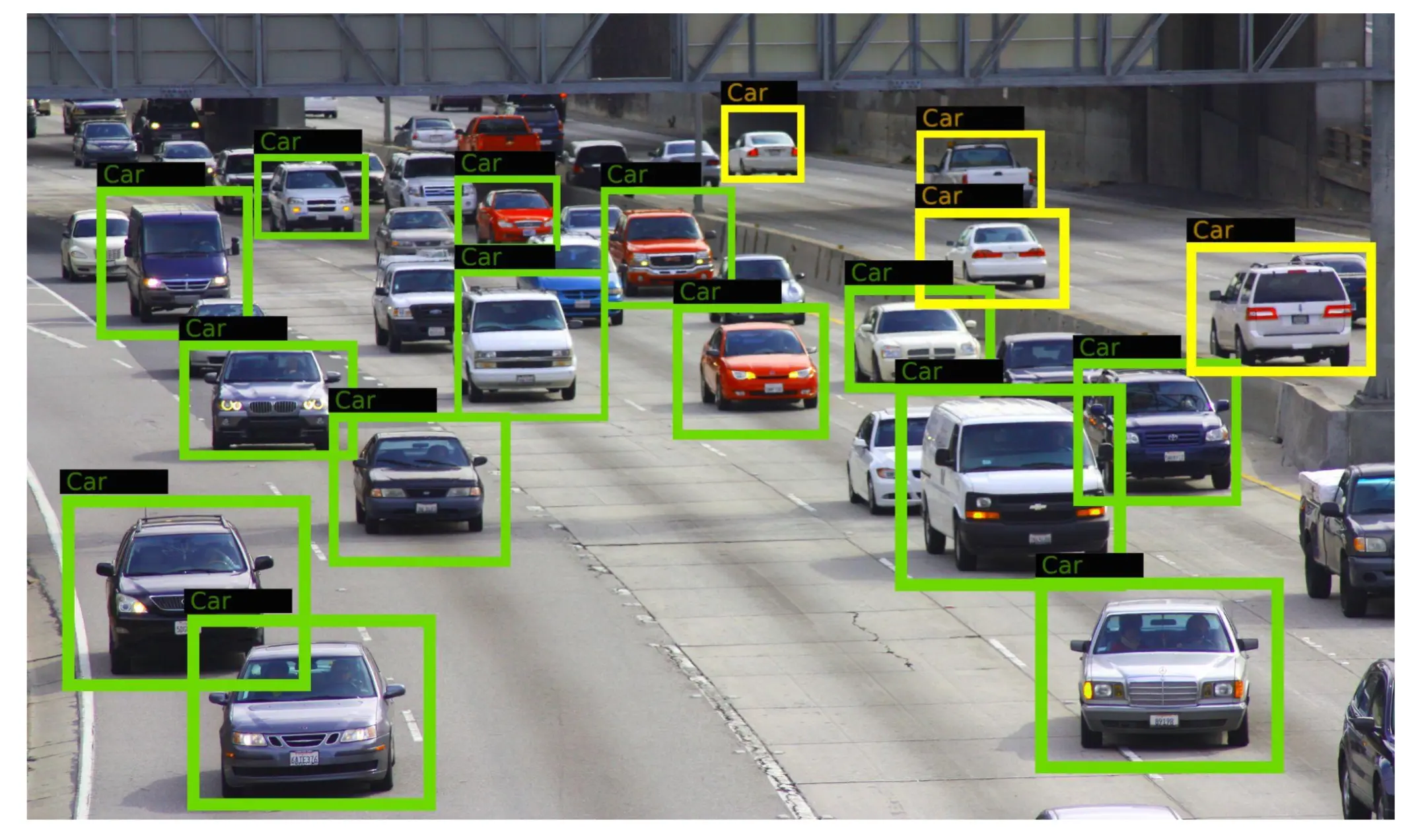- Publication: Stanford University
- Publication Date: March 1st, 2024
- Organizations mentioned: Stanford Institute for Human-Centered Artificial Intelligence (HAI), Congressional Black Caucus (CBC), Black in AI Stanford University Massachusetts Institute of Technology (MIT)
- Publication Authors: Daniel Zhang, Haifa Badi Uz Zaman, Caroline Meinhardt
- Technical background required: Medium
- Estimated read time (original text): 60 minutes
- Sentiment score: 55%, neutral
TLDR:
Goal: This white paper was authored by researchers from Stanford University, MIT, and Black in AI to help the Congressional Black Caucus (CBC) develop a thoughtful AI policy strategy. It explores the impact of artificial intelligence on Black Americans, focusing on generative AI, healthcare, and education, aiming to ensure the benefits of AI are widely shared and its risks are carefully managed.
Methodology:
- The authors reviewed current AI developments and their implications for Black Americans in three key areas: generative AI, healthcare, and education.
- They analyzed both the potential benefits and risks of AI technologies in these sectors, with a focus on racial equity and justice.
- The research draws on existing literature, case studies, and expert knowledge to provide insights and recommendations for policymakers.
Key findings:
- Generative AI models could lower barriers to entry for Black creators in media and entertainment industries, but also risk making their content more vulnerable to exploitation and appropriation. These models can reproduce harmful racial stereotypes and perpetuate environmental inequities.
- In healthcare, AI-powered devices and resource allocation software could enable more personalized treatment plans and equitable resource distribution. However, they may also widen disparities by encoding racial biases or prioritizing cost reduction over patient needs. A study found that 97% of FDA-approved medical AI devices were only evaluated using retrospective data, not tested on live patients.
- AI tools in education could help bridge achievement gaps by improving learning outcomes for students in under-resourced schools. However, they may exacerbate discrimination, especially through classroom monitoring tools that perform worse for darker-skinned students.
- The AI industry lacks diversity, with Black workers representing only 2.5% of Google’s workforce and 4% of Facebook’s and Microsoft’s in 2018. This underrepresentation contributes to gaps in wealth creation opportunities.
Recommendations:
- Develop clear legal and regulatory frameworks to address issues of provenance and ownership in AI-generated content, protecting Black creators from exploitation and appropriation.
- Implement rigorous testing and monitoring of AI medical devices, ensuring they perform equally well across racial groups and prioritize patient needs over cost reduction.
- Utilize a participatory approach in developing AI educational tools, involving early feedback from educators and underserved communities to ensure they meet diverse student needs.
- Address systemic issues in the AI industry that prevent minorities from entering and staying in the field, including exclusionary hiring practices, harassment, and unfair compensation.
- Consider environmental impacts in AI development and deployment, particularly their disproportionate effects on marginalized communities, to prevent furthering environmental inequities
Thinking Critically
Implications:
- If organizations widely adopt the recommendations for developing clear legal frameworks and ethical guidelines for AI, it could lead to a more equitable tech industry and improved representation of Black Americans in AI development. This could result in AI systems that are more inclusive and less biased, potentially reducing racial disparities in various sectors such as healthcare, education, and employment.
- Failure to address the environmental impact of AI development could exacerbate climate change and disproportionately affect marginalized communities. If organizations don’t prioritize sustainable AI practices, it could lead to increased environmental inequities and potentially damage the reputation of tech companies, leading to consumer backlash and regulatory scrutiny.
- Implementing rigorous testing and monitoring of AI medical devices could significantly improve healthcare outcomes for Black Americans and other minority groups. However, it may also increase development costs and time-to-market for these technologies, potentially slowing down innovation in the medical field.
Alternative perspectives:
- The report’s focus on race-specific AI impacts might overlook intersectional issues. Factors such as socioeconomic status, gender, and geography could play equally important roles in determining AI’s effects on individuals and communities. A more comprehensive approach considering multiple demographic factors might yield different policy recommendations.
- The emphasis on regulating AI development and deployment could potentially stifle innovation and economic growth in the tech sector. Some might argue that market forces and industry self-regulation could more effectively address bias and equity issues without hampering technological progress.
- The report’s recommendations for participatory approaches in AI education tool development might be challenging to implement at scale. Critics could argue that such approaches might slow down the adoption of beneficial AI technologies in education, potentially widening the gap between well-resourced and under-resourced schools in the short term.
AI predictions:
- Within the next five years, we’ll see the emergence of AI-powered educational platforms specifically designed to address the needs of underserved communities, with a focus on culturally responsive content and personalized learning paths for students from diverse backgrounds.
- By 2030, AI-driven healthcare systems will become more equitable, with mandatory bias testing and demographic performance reporting becoming standard practice for FDA approval of medical AI devices.
- In the next decade, we’ll witness the rise of AI ethics boards within major tech companies, with mandated diverse representation including Black AI experts, to guide the development of more inclusive and equitable AI systems.
Glossary:
- Human-centered AI: AI systems designed to augment and complement human capabilities rather than replace human judgment.
- Algorithmic redlining: The use of AI algorithms to exclude people from financial services or other opportunities, often disproportionately affecting marginalized communities.
- Software as a Medical Device (SaMD): AI-powered medical tools that are less regulated than traditional medical devices and pharmaceuticals.
- Precision medicine: A personalized healthcare approach enabled by AI that considers an individual’s genetic traits, medical history, environmental exposure, and social circumstances.
- AI-enabled adaptive learning tools: Educational technologies that provide tailored lesson plans and assignments based on individual student performance and needs.
- AI risk assessment tools in education: Algorithms designed to identify students who may be struggling academically or exhibiting signs of psychological distress.
- Intelligent matching algorithms in higher education: AI systems used in college recruitment and admissions to determine potential applicants, acceptances, and scholarship awards.
Members also get access to our comprehensive database of AI tools and fundraising


 Join hosts Anthony, Shane, and Francesca for essential insights on AI's impact on jobs, careers, and business. Stay ahead of the curve – listen now!
Join hosts Anthony, Shane, and Francesca for essential insights on AI's impact on jobs, careers, and business. Stay ahead of the curve – listen now!


